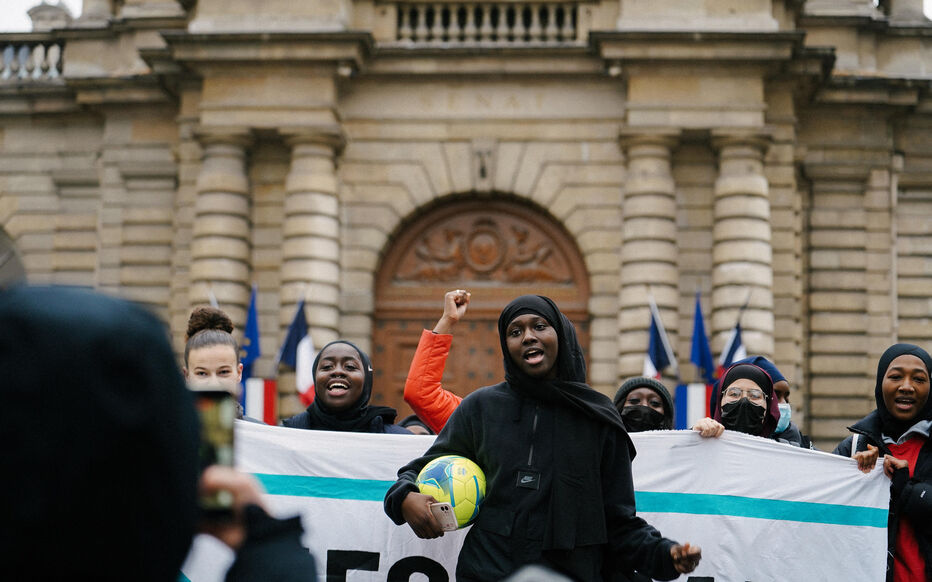The prevalence of digital communications and networking through social media for teens and young adults raises questions about young people’s online behavior. A growing body of research suggests that young people frequently encounter discriminatory language online. Are young people emboldened to say hurtful or discriminatory things online that they would never say face-to-face?
Seeking to contribute rigorous research on this issue, MTV and The Associated Press-NORC Center for Public Affairs Research conducted a national survey of 1,297 teens and young adults between the ages of 14 and 24 to track the exposure of young people in the United States to discriminatory and hurtful language online and to better understand where on the internet young people encounter these messages. This survey updates previous estimates from
The Associated Press (AP) and MTV on the exposure of teens and young adults to discriminatory language online. The key findings are summarized below.
Growing Numbers of Young People View the Use of Discriminatory language as Inappropriate Even When Joking Around with Friends
Young people perceive the intent of discriminatory language online to be mostly hurtful for some groups, including transgender people and Muslims, and mostly “a joke” for other groups, including Asian Americans, Jews, and women.
Teenagers and young adults are most likely to perceive discriminatory language or images directed at transgender people (63 percent); Muslims (60 percent); gay, lesbian, or bisexual people (54 percent); men who dress or carry themselves in a feminine way (53 percent); and those who are overweight (53 percent) to be meant as hurtful.
Teenagers and young adults are most likely to perceive as a joke discriminatory language or images that are directed at Asian Americans (73 percent), Jews (73 percent), women (71 percent), those with mental disabilities (68 percent), Latinos (67 percent), those with physical disabilities (65 percent), African Americans (64 percent), and women who dress or carry themselves in a masculine way (55 percent).
Young people are divided on their perception of discriminatory language or images directed at immigrants and Christians. Forty-nine percent say discriminatory language or images directed at immigrants is most often meant as a joke, and 51 percent say it is most often meant to be hurtful.
Forty-nine percent say discriminatory language or images directed at Christians is most often meant as a joke, and 50 percent say it is most often meant to be hurtful. Of the groups that were asked about in 2011, only the perception of discriminatory language or images directed at Muslims and immigrants had a significant shift in how teenagers and young adults view the intent. Sixty percent of teenagers and young adults say the discriminatory language or images they see directed toward Muslims are most often meant to be hurtful, a significant increase of 13 points from 47 percent in 2011. Fifty-one percent of teenagers and young adults say the discriminatory language or images they see directed toward immigrants are most often meant to be hurtful, a significant increase of 12 points from 39 percent in 2011.
AP-NORC Center for Public Affairs Research: http://www.apnorc.org/PDFs/Digital%20Discrimination/AP-NORC-MTV%20Discrimination%20Report_FINAL.pdf






